Every Word We Utter honors the suffragists
who secured for women
the rights and privileges afforded citizens of the United States.
The monument lifts in our consciousness
not only the beauty of working together for equality,
but also the responsibility
to march onward
for human rights.
The concept of this proposed women’s monument was inspired by a letter from Elizabeth Cady Stanton to Lucretia Mott in which she wrote about the power of words and deeds: “Every word we utter, every act we perform, waft unto innumerable circles, beyond.” I wanted to capture the collective energy from all women who have made this happen, as well as acknowledge that we still need to keep moving as we strive for equality.
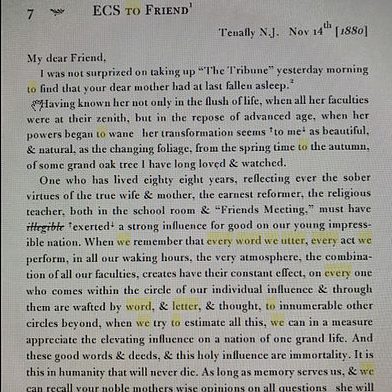
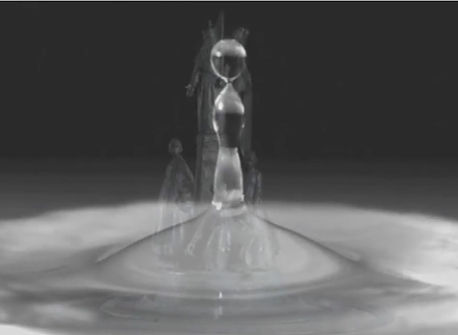
The composition includes Susan B. Anthony and Elizabeth Cady Stanton. This friendship holds the beginning of the women’s movement, the drop of water coalescing its impact on US history. Their words, speeches and wisdom launched a worldwide, peaceful revolution. Even today, these women and all the women who forged this Amendment offer us the courage and the tools to be the stewards of human rights.
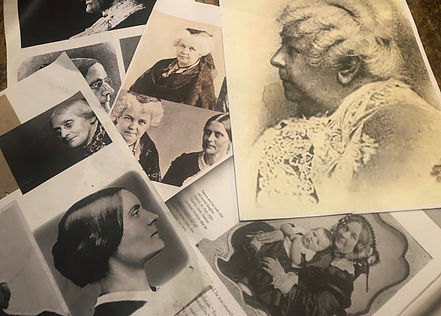

To the side of the authors stands Sojourner Truth, a beacon for the movement. The young Harriet Stanton Blatch represents the future. From them rises the next generation of the movement, the “daughters” who ratified the nineteenth amendment, represented by Ida B. Wells and Alice Paul. Standing on the shoulders of giants, these women were elevated by what came before. From this height, the ratification flag cascades to the innumerable circles that ripple outwards.
Sojourner Truth, an African-American abolitionist and women’s right activist, was among the first voices of the women’s movement. She propelled the movement in its early days because she was willing to speak at time when few women did so, she projected her voice against injustices.
Her gaze is to the future – to the horizon – looking to a place where women –together – will turn the world “right side up again.” In my composition, I have sculpted her in her early 50’s, around the time she would have delivered her seminal speech, “Ain’t I A Woman?” Within the composition, she is the guardian of the belief that women should have the right to vote.


The young Harriet Stanton Blatch, represents the future. She is nestled beside her mother. She has a look of intensity. She feels it. She absorbs her mother’s words while holding onto a bonnet, a symbol of the suffragist she will become.
Alice Paul and Ida B. Wells are at the peak of the coalescence, one in their mission. Although these two women would not have marched side by side, their juxtaposition at the height of the sculpture, symbolizes their shared vision of equal rights. Neither one of these women would take no for an answer. They rise, the next generation of the movement, the “Daughters” who were victorious in the ratification of the Nineteenth Amendment.
I chose to depict Paul and this celebratory moment to capture the monumental triumph of the nineteenth amendment, an accumulation of the efforts of thousands of American women. She dedicated her life the movement and after the vote continued to her death the work for the equal rights amendment.


Ida B. Wells is holding the flag of We the People. Standing on the shoulders of giants, these women were elevated by what came before. The open gesture of her hand outstretched to the other women around her in this monument reinforces the invitation to join the cause.

Ida B. Wells began her career as an activist at a young age. She fervently rallied against the practice of lynching even with the threat of being lynched herself. She was known for using her pen and voice to battle sexism, racism, and violence. In this sculpture Wells stands proudly with a flag of the United States, representing the hope for justice and the rights of every human being.

Two lost or missing artifacts are depicted in this monument. First, the Sentiments, the origins of the 19th Amendment. Second, the Ratification Flag that triumphantly represented the passage of the 19th Amendment and the inclusion of women. We cannot let our history slip away unnoticed.
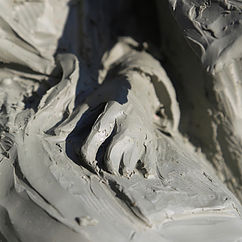
Join us
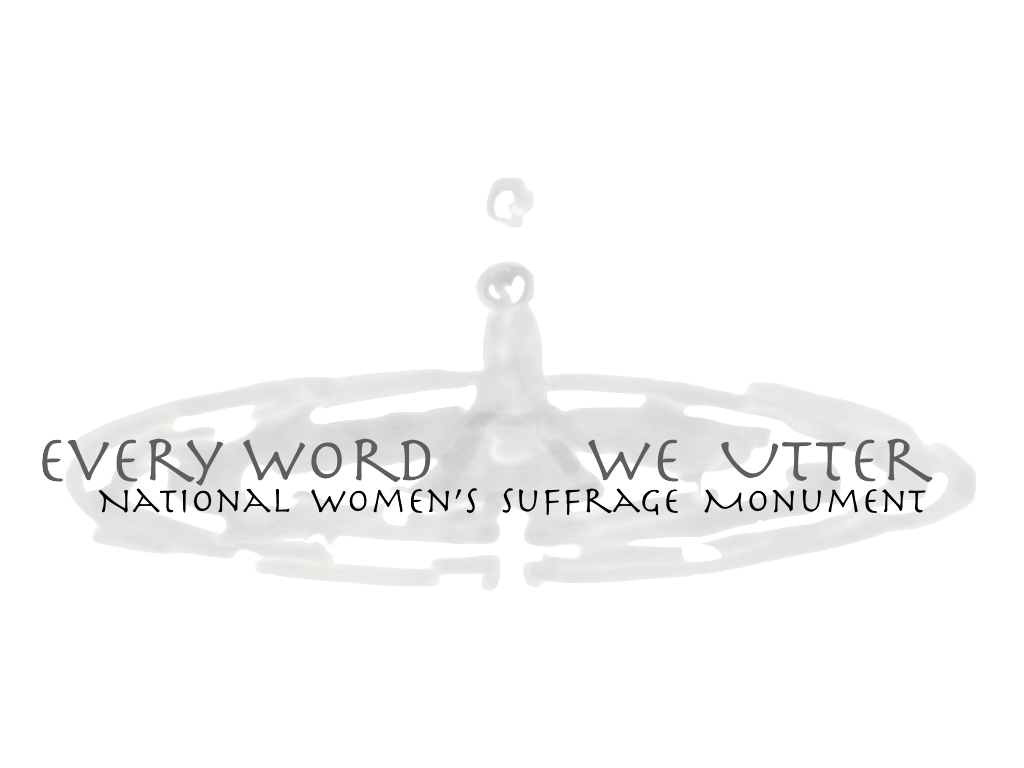
We are a grassroots effort. Let us know how you heard about The monument and let us know which state you live in. Join Us
